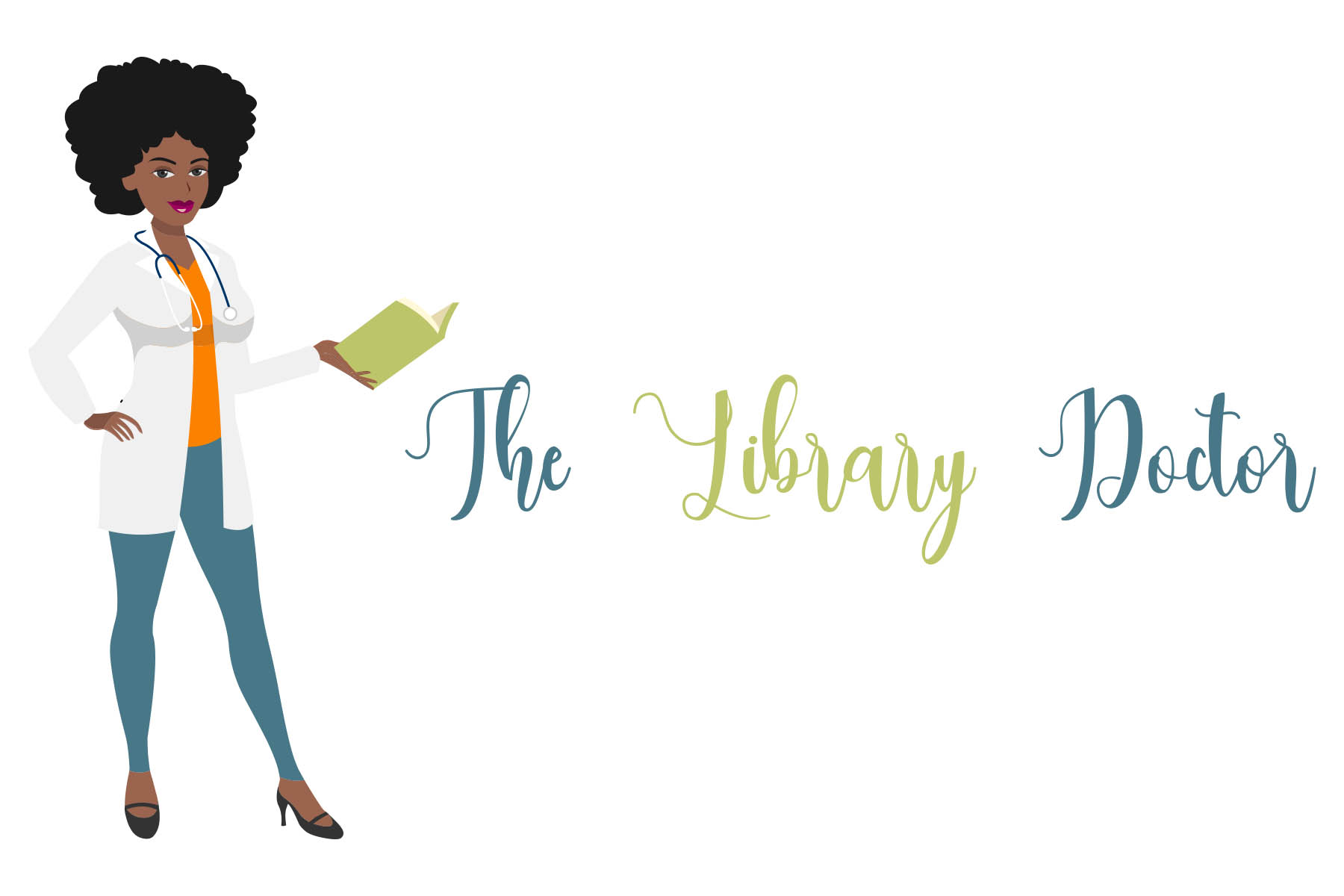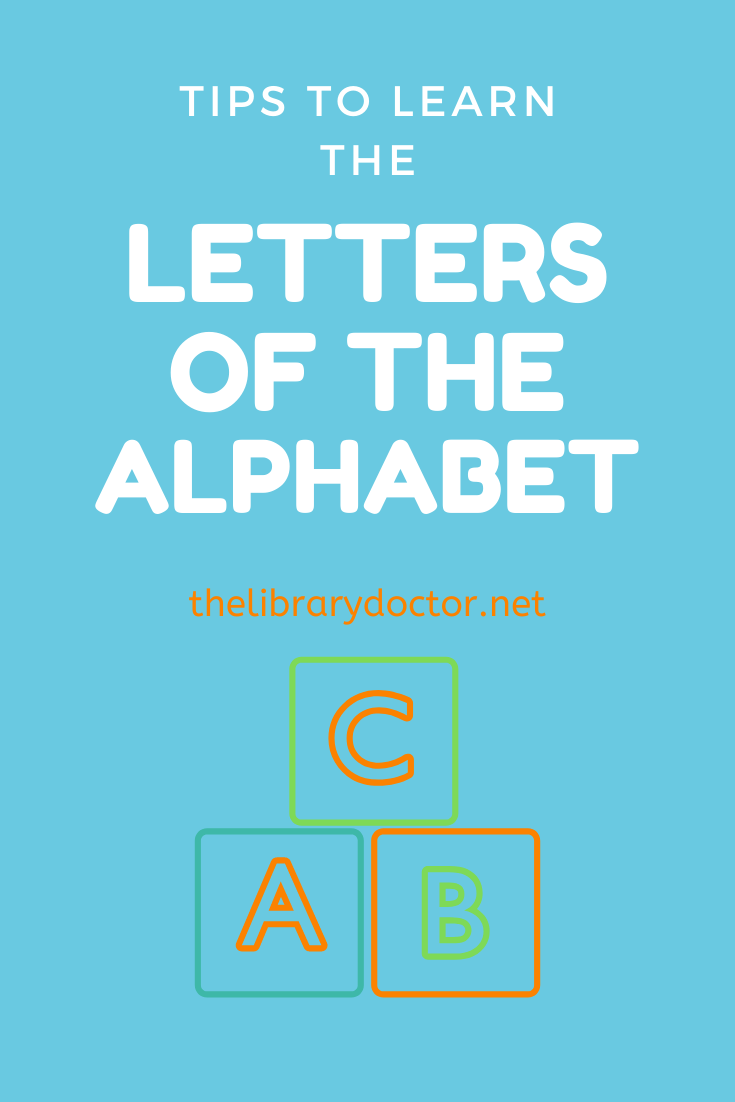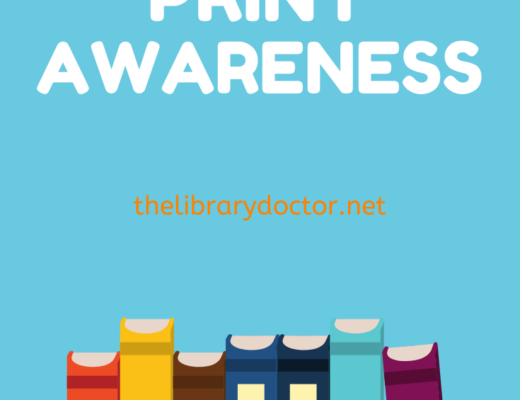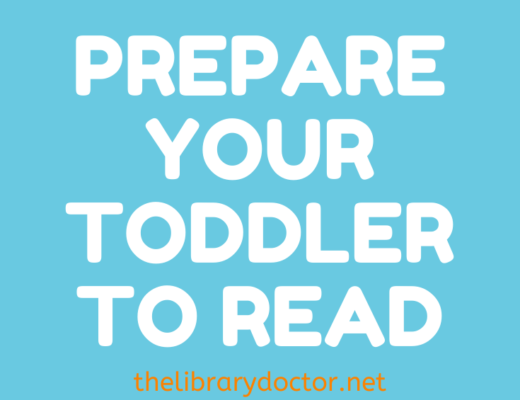Learning the letters of the alphabet is an early predictor of reading success. It is a literacy skill that researchers say is a necessity when children begin to learn how to read. Knowing what each letter is, that each letter is different, and each letter is related to a different sound is the ultimate goal of letter knowledge.
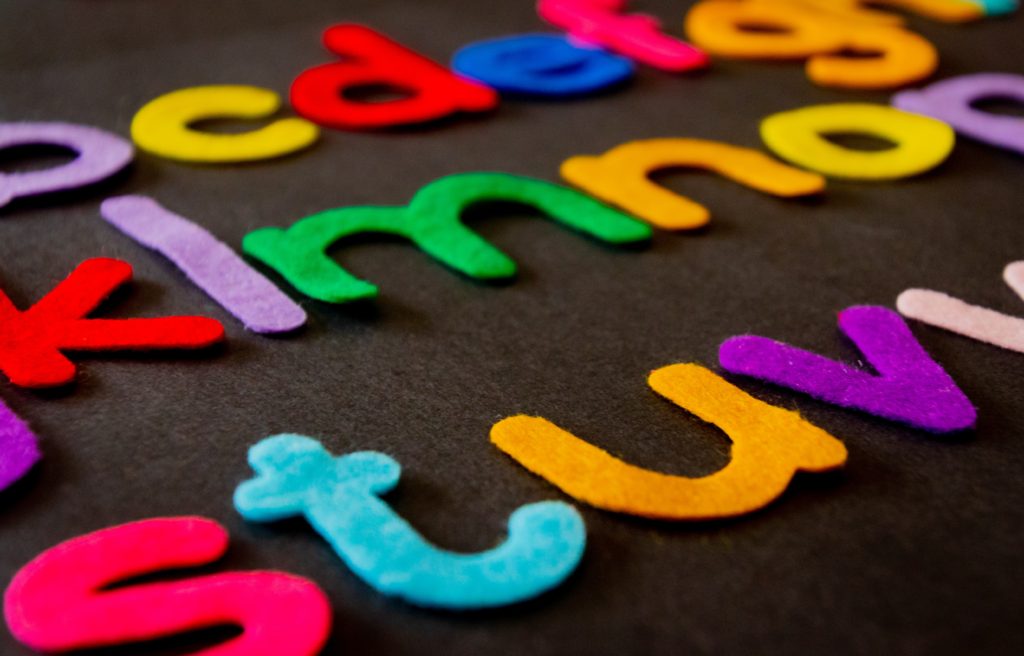
What Is Letter Knowledge?
Letter knowledge develops as children are exposed to letters when they play and participate in fun activities. Letter knowledge is recognizing letters, knowing the letter names, and each letter’s sound. Children become aware of letter names and sounds by playing with alphabet shapes, playing with letters, by learning how to spell their names, and by noticing letters in books and objects and signs around their world.
Why Learning The Letters Of The Alphabet Is Important?
Children who know the names and sounds of letters can figure out decode the written word. Also, when children learn to recognize the shapes of letters, it trains the eye to recognize printed letters. When a child achieves recognition of all the letters of the alphabet in both capital letters and lowercase form, they have achieved letter knowledge.
Tips to Learn The Letters Of The Alphabet
- Teach the alphabet song and sing it with them every day.
- Play games that help children recognize upper and lower case letters.
- Start associating letter names with letter sounds.
- Use alphabet refrigerator magnets to encourage learning a new letter every day.
- Use alphabet building blocks.
- Have children create letters with play dough.
- Begin teaching the alphabet by teaching them how to spell their name.
- Purchase books at local bookstores or check out books from local libraries that focus on the letters, names, and shapes of the alphabet.
- Draw, color, trace, and cut out the shapes of the letters of the alphabet.
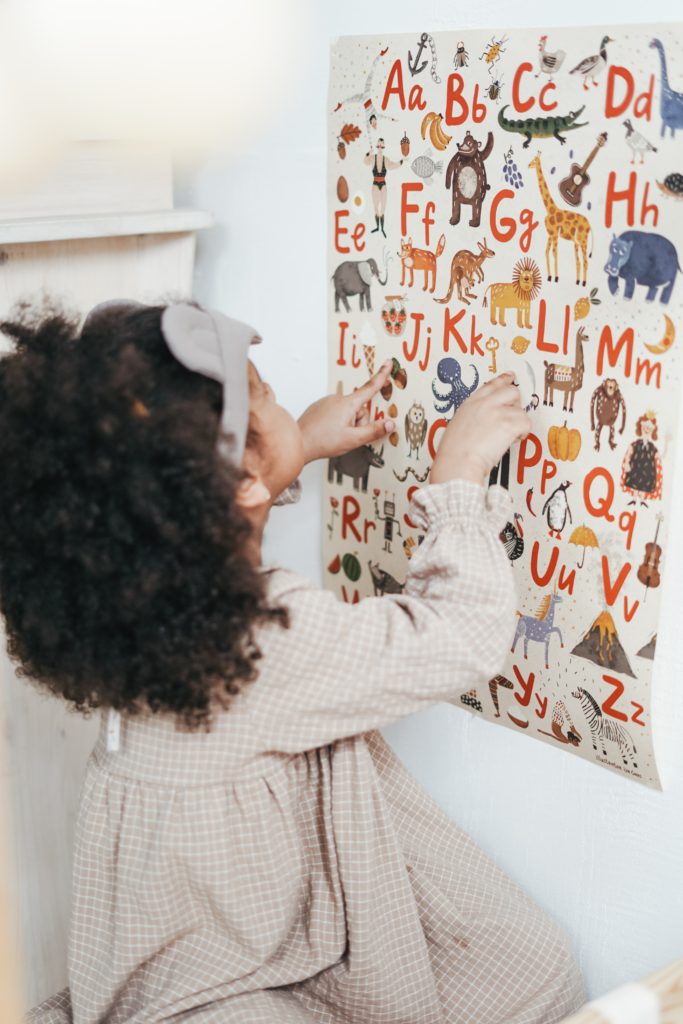
Letter Knowledge Activities Specific For K-4
Children learn the alphabet best through meaningful experiences. Here are a few tips specific for each K-4 age group.
Babies
- Read bright and colorful board books.
- Talk to them about the world around them all the time and point out the letters of the alphabet.
- Purchase mouth books and toys. By putting these toys and books in their mouth, they begin to understand the shape of letters.
Toddlers
- Play with shapes and shape sorters.
- Play with simple puzzles that require shape matching so that they can tell the difference between different shapes.
- Help them point out different letters and shapes in their environment.
- Point out the first letter of a child’s name whenever seen.
Preschoolers
- Guide children to notice letters in the environment.
- Read alphabet books with clear, simple fonts.
- Make letters, trace letters, and color letters.
- Play scavenger letter hunts in books, magazines, and with worksheets.
- With each activity, have the child sound the letter out.
Parents can take an active role in providing their children daily opportunities to learn the letters of the alphabet. Using some of the letter knowledge activities will ensure your child begins school ready to learn how to read.
